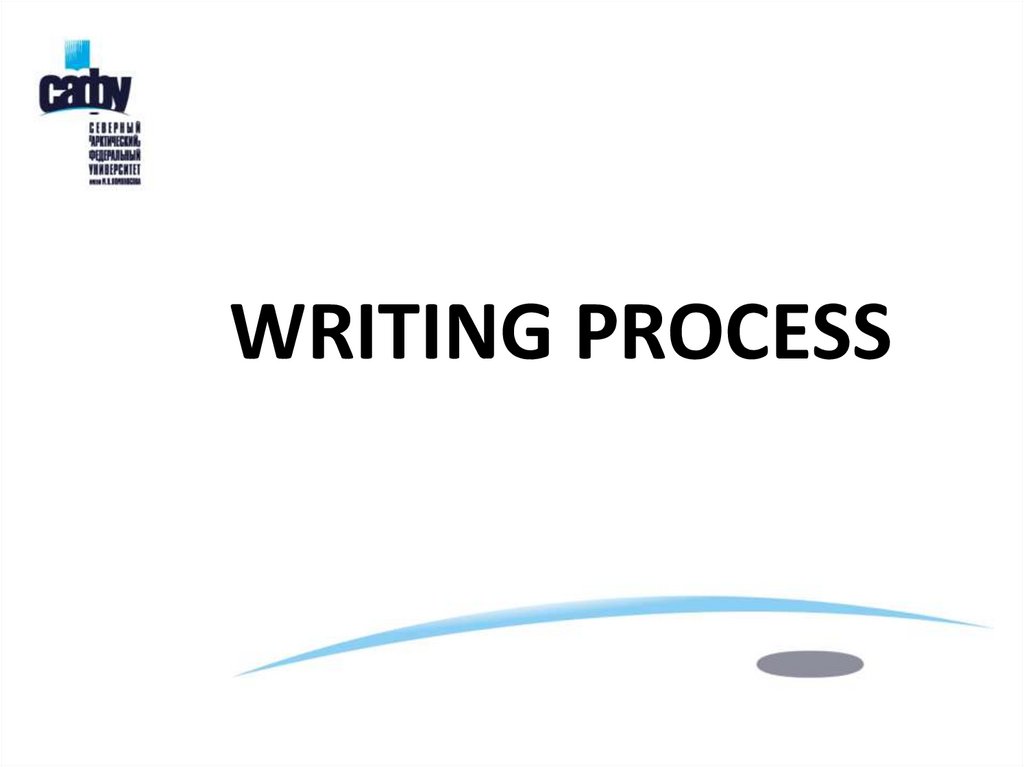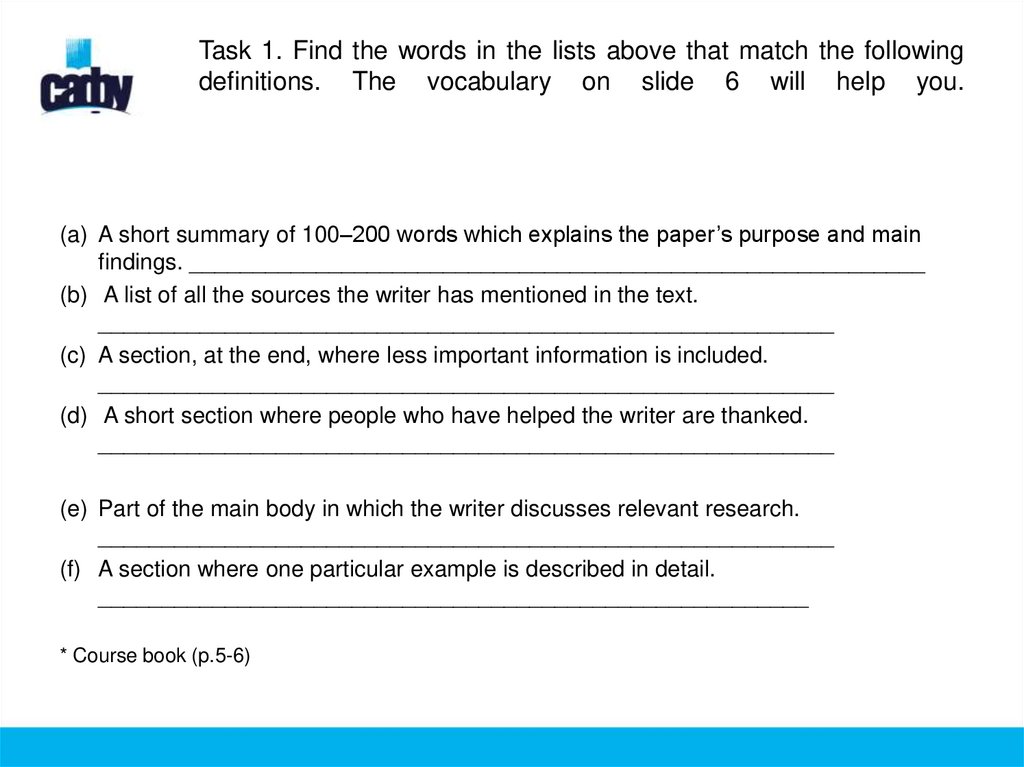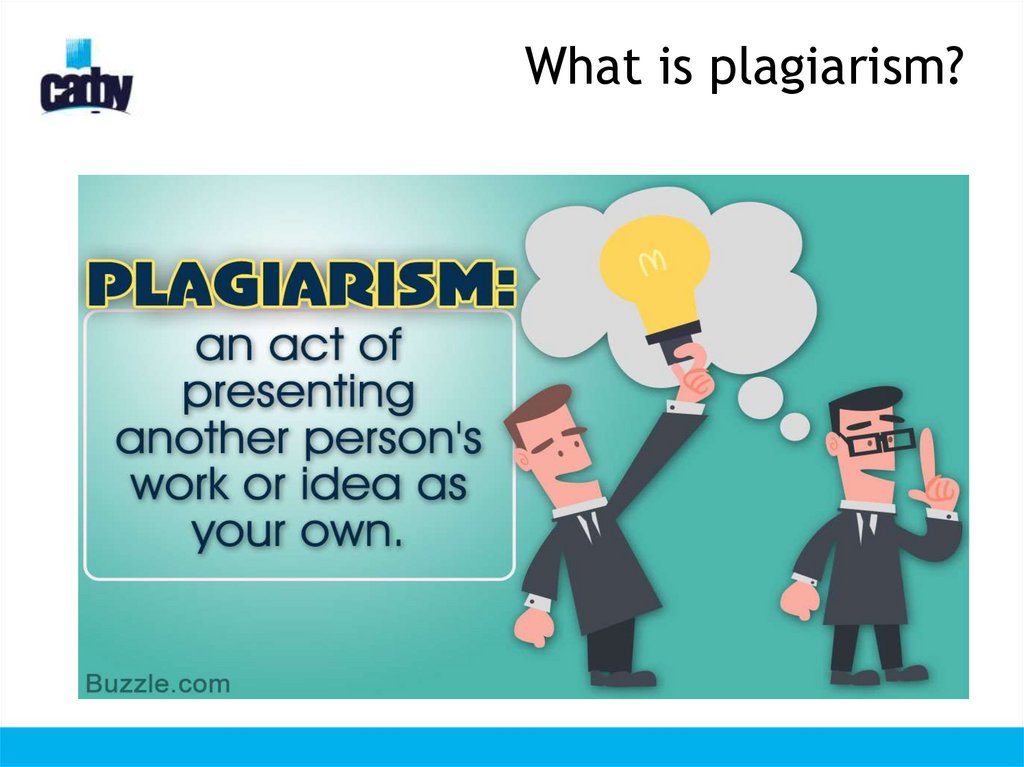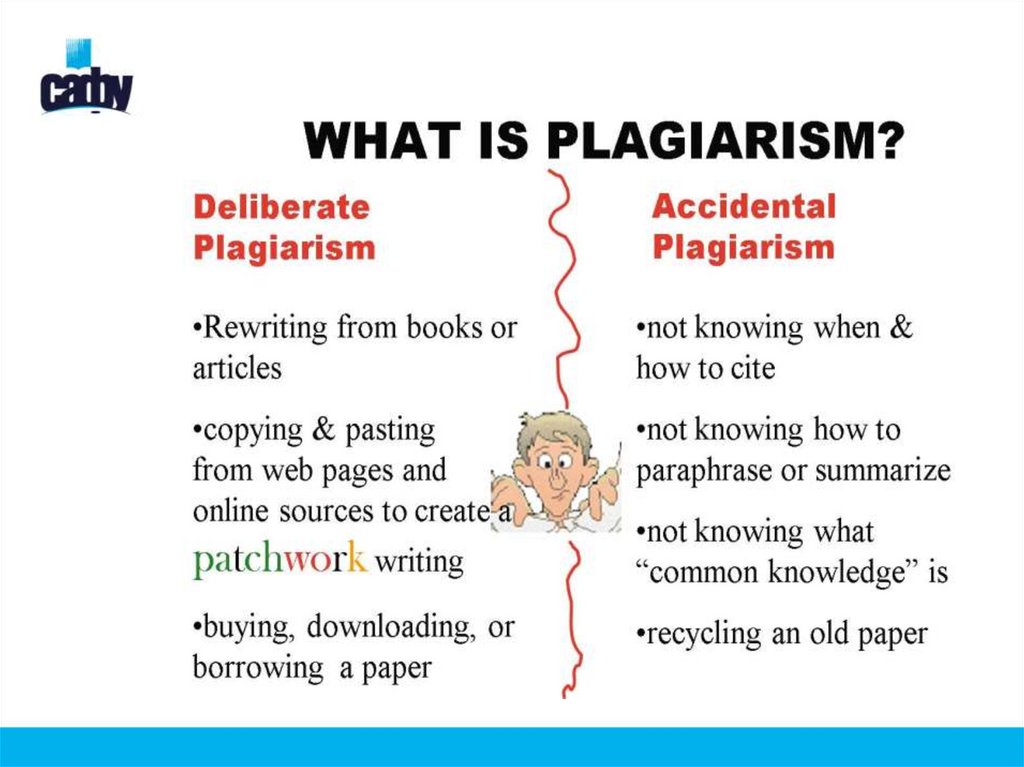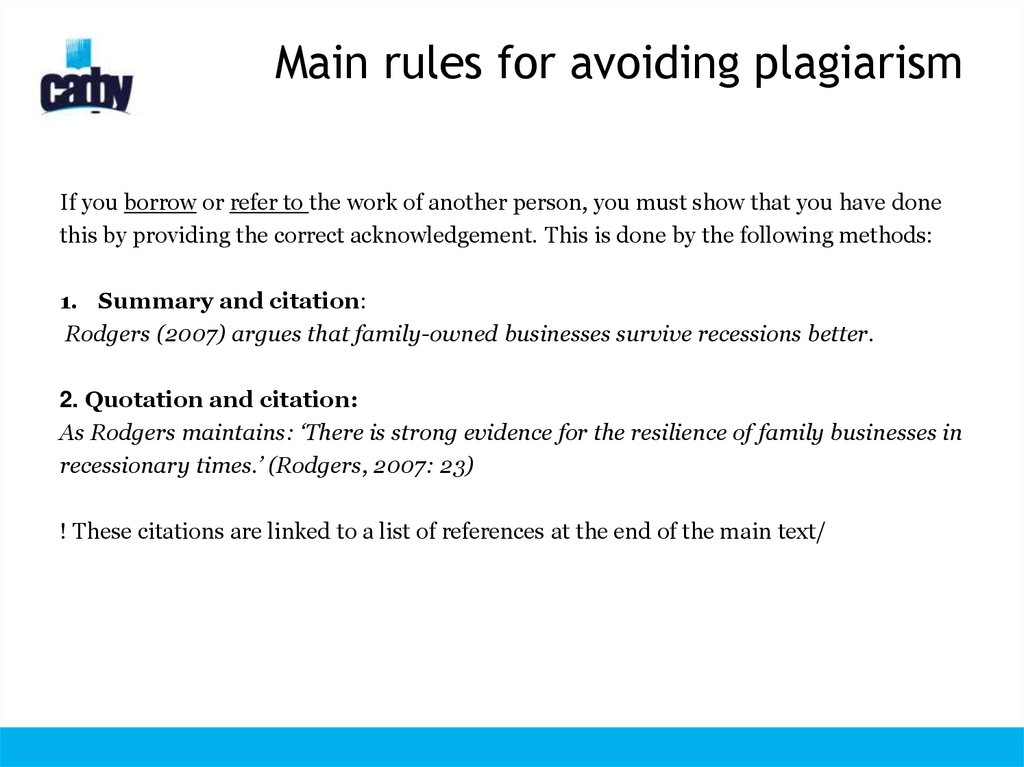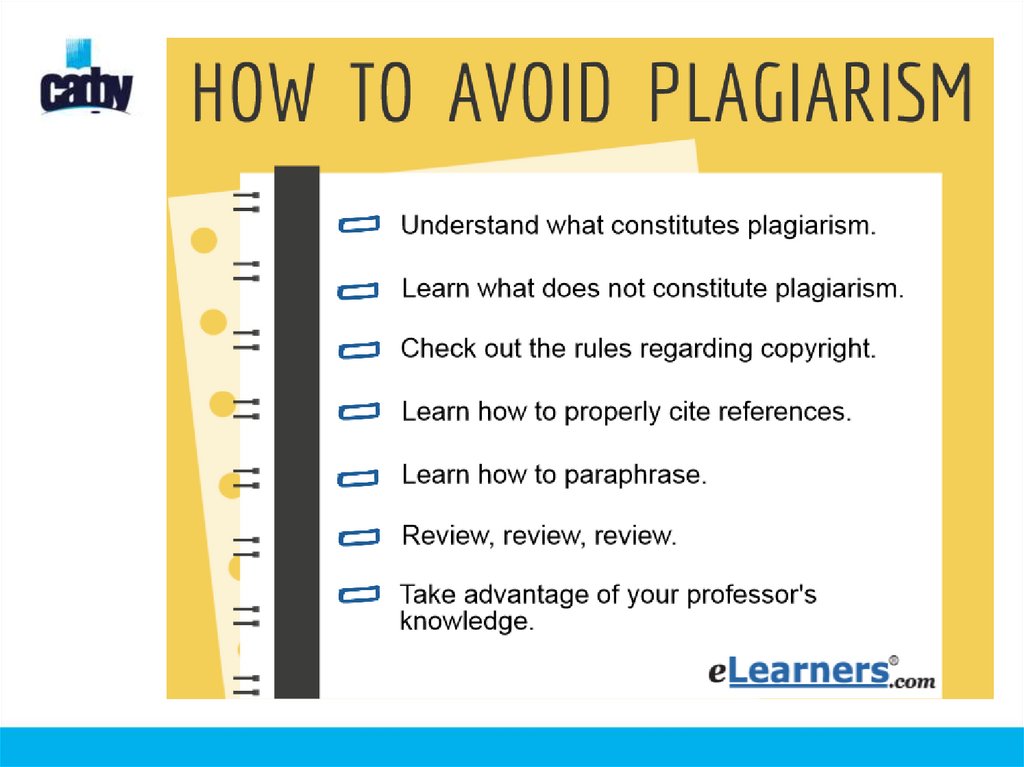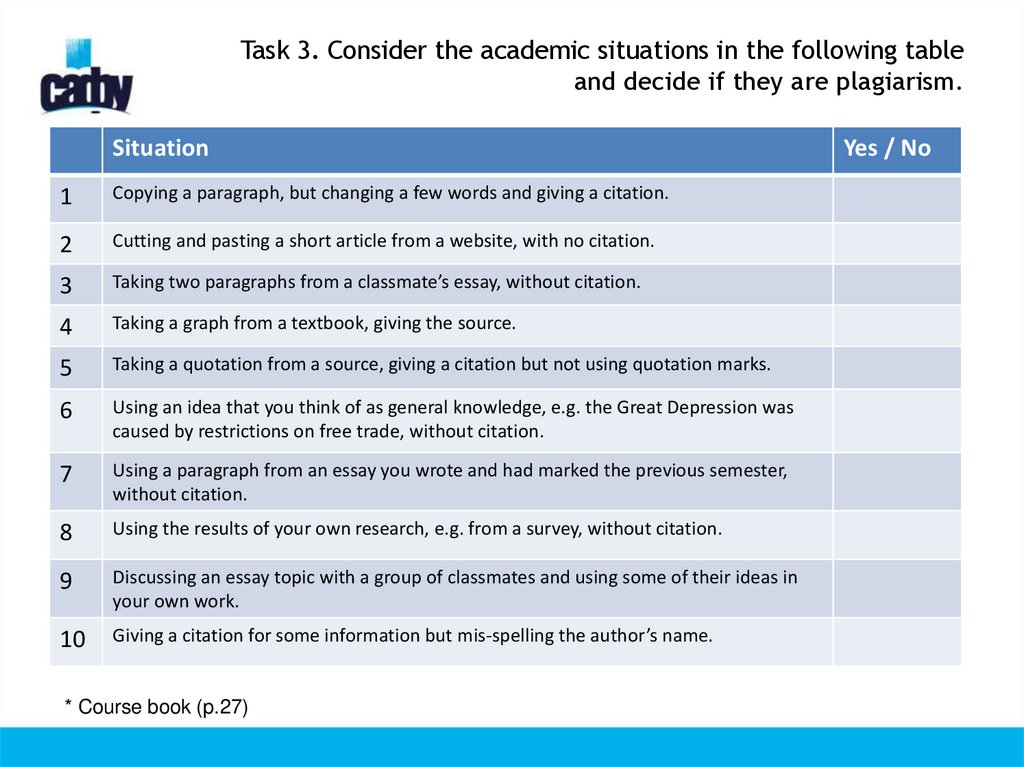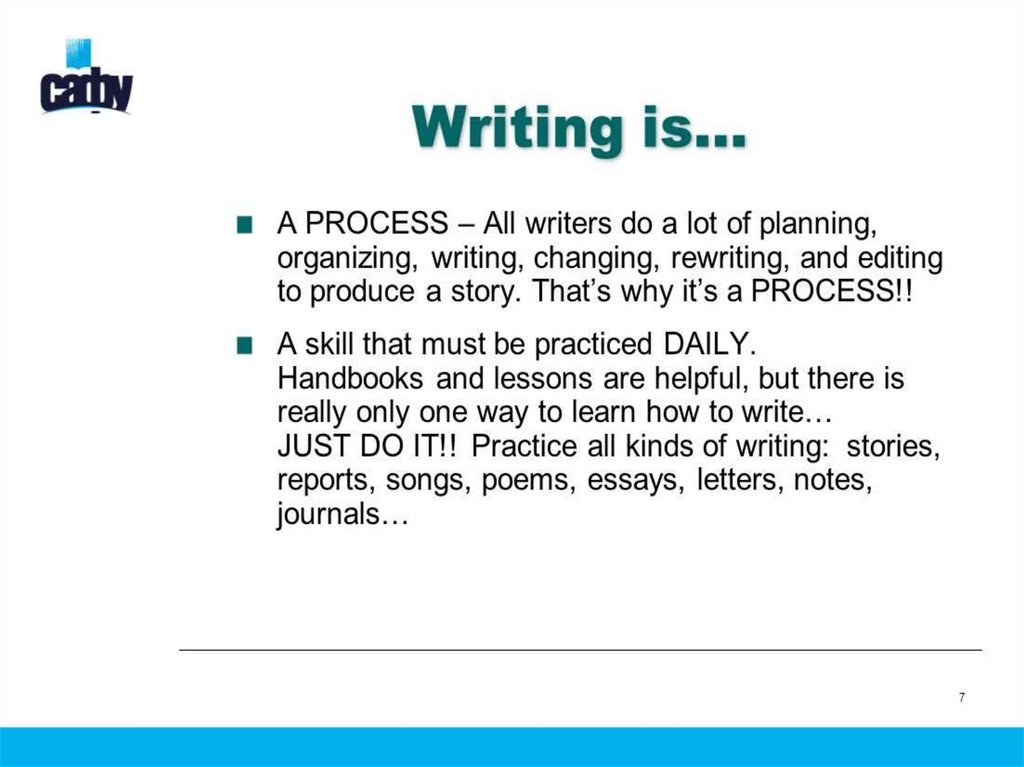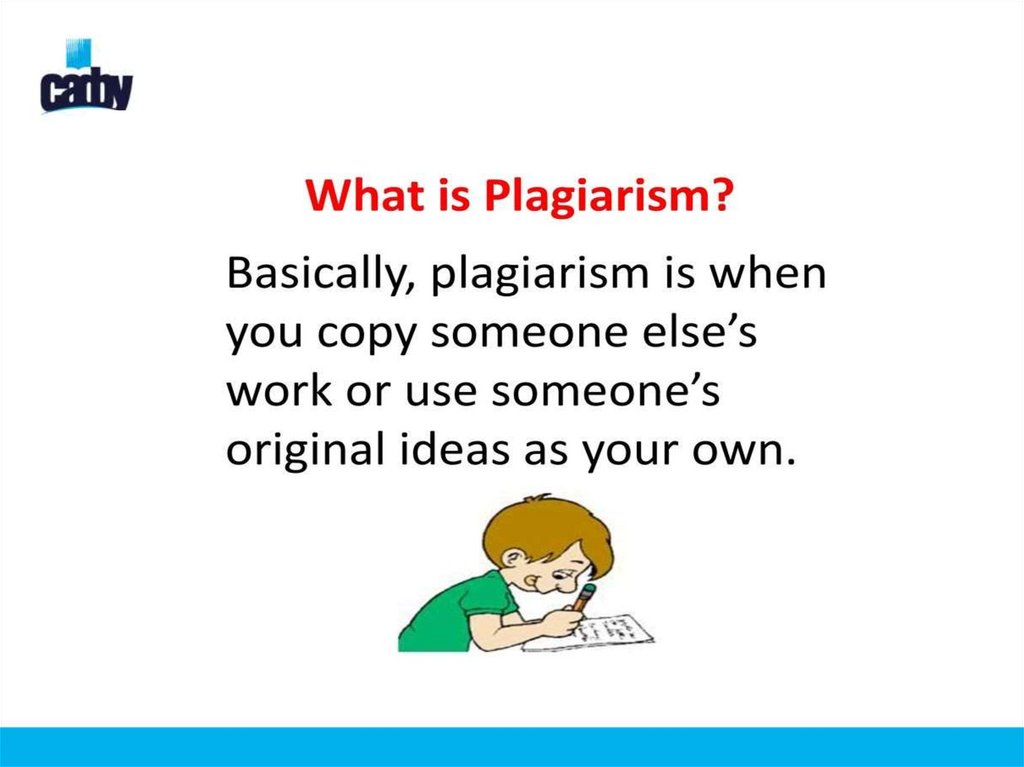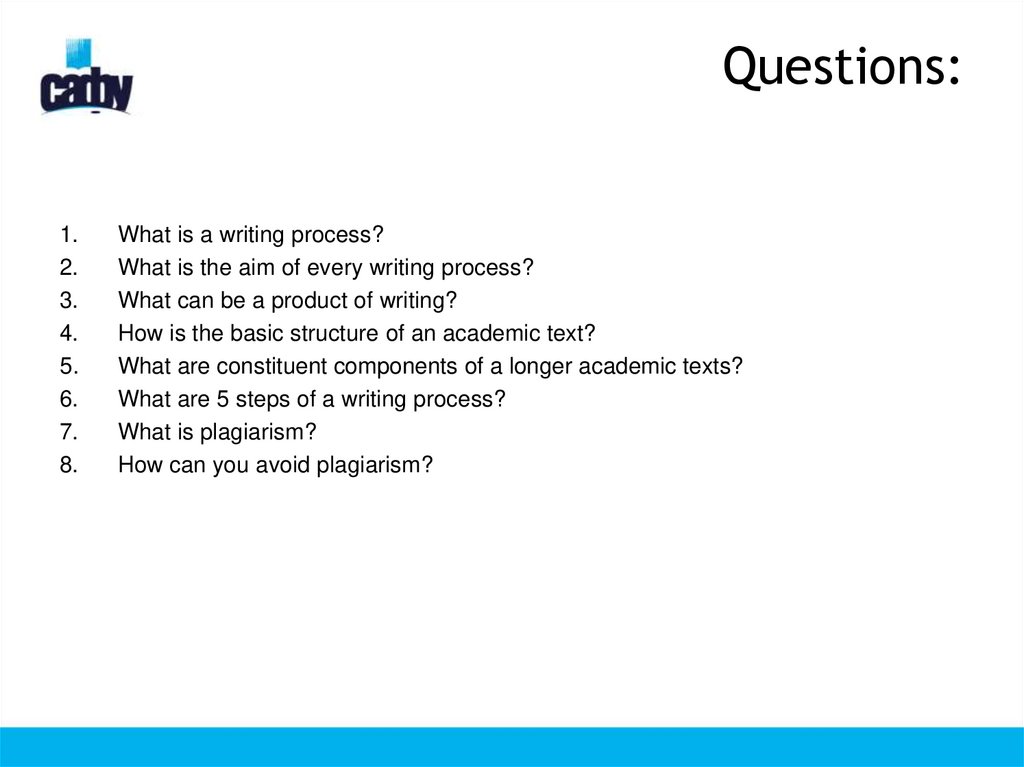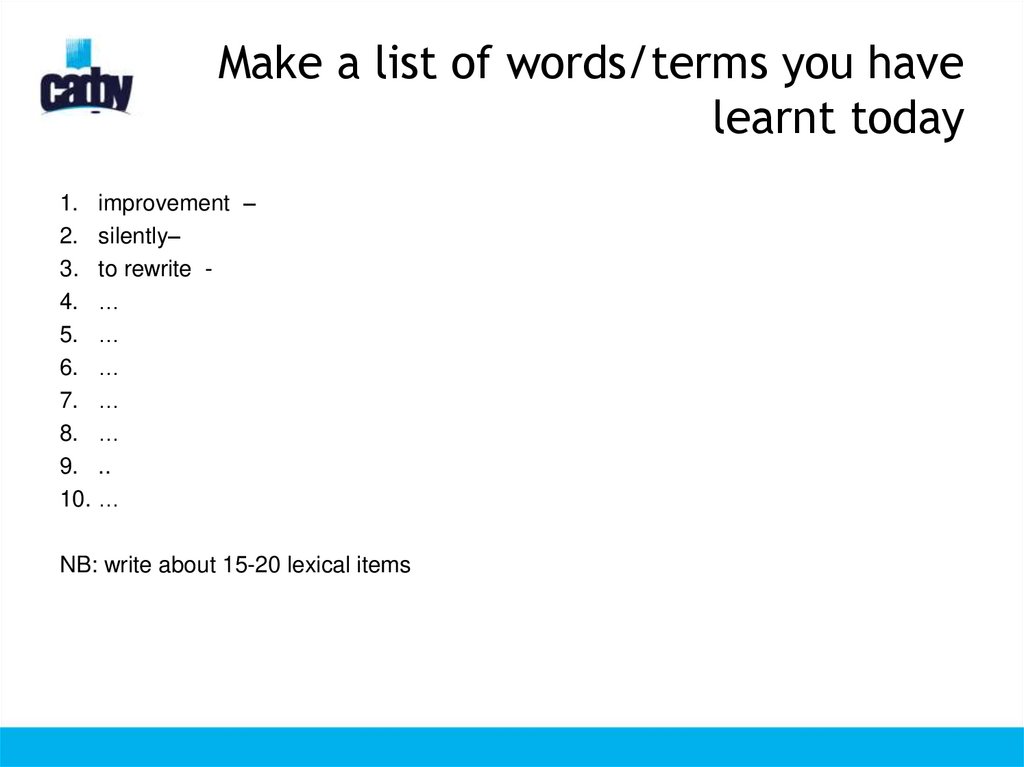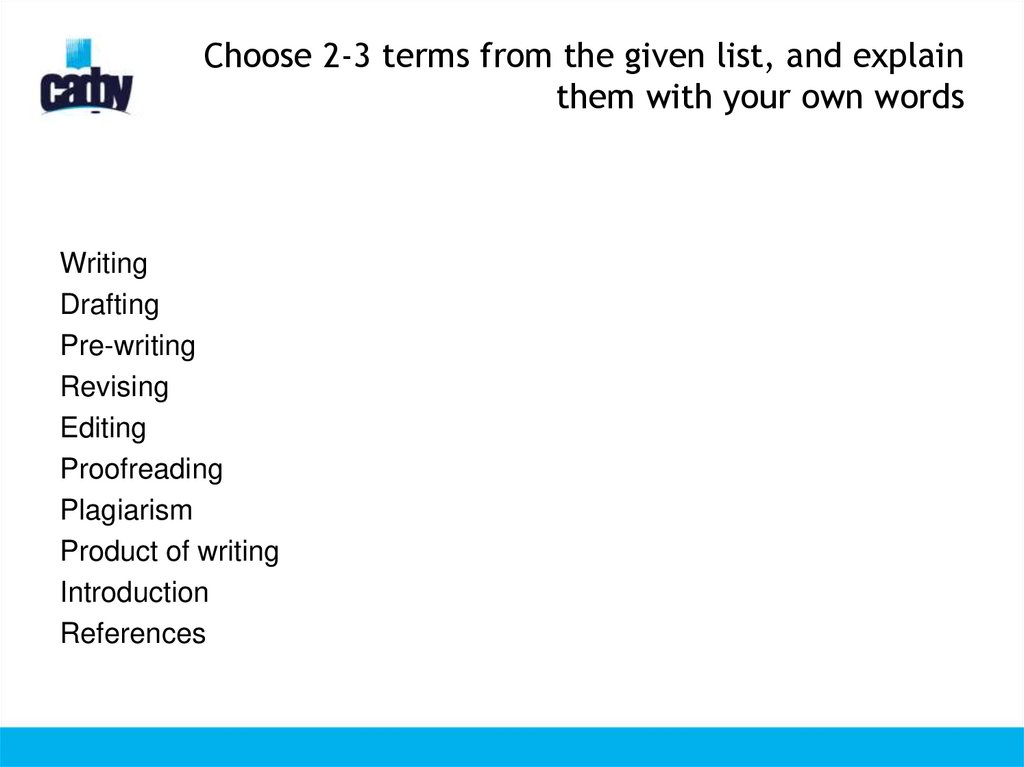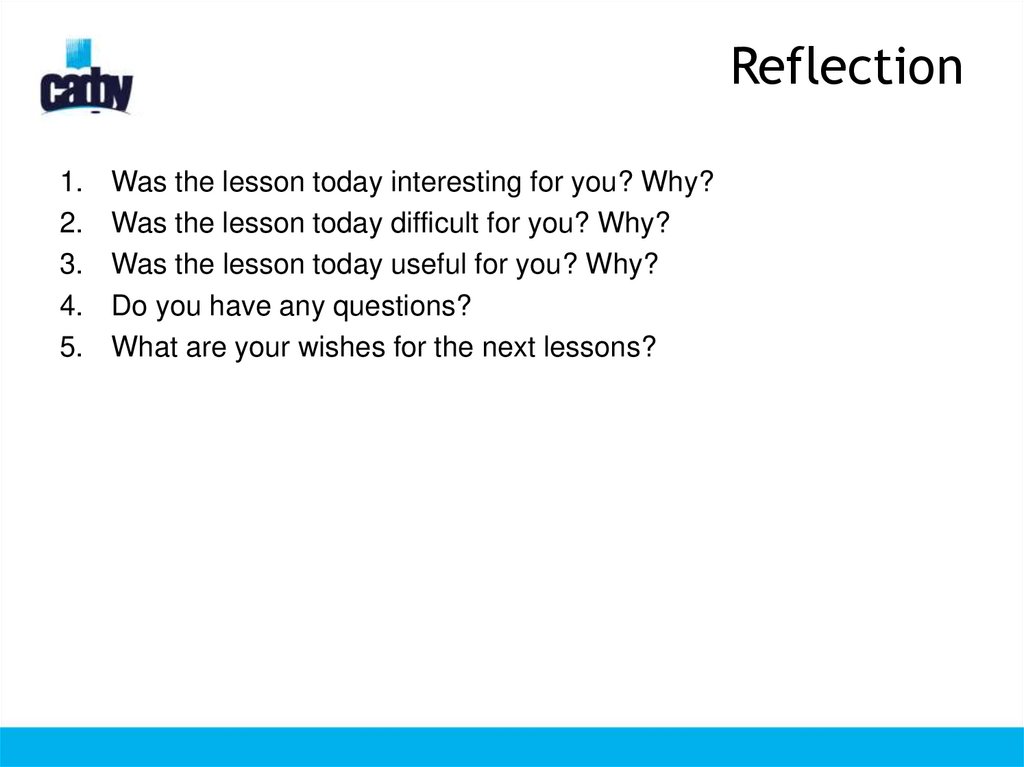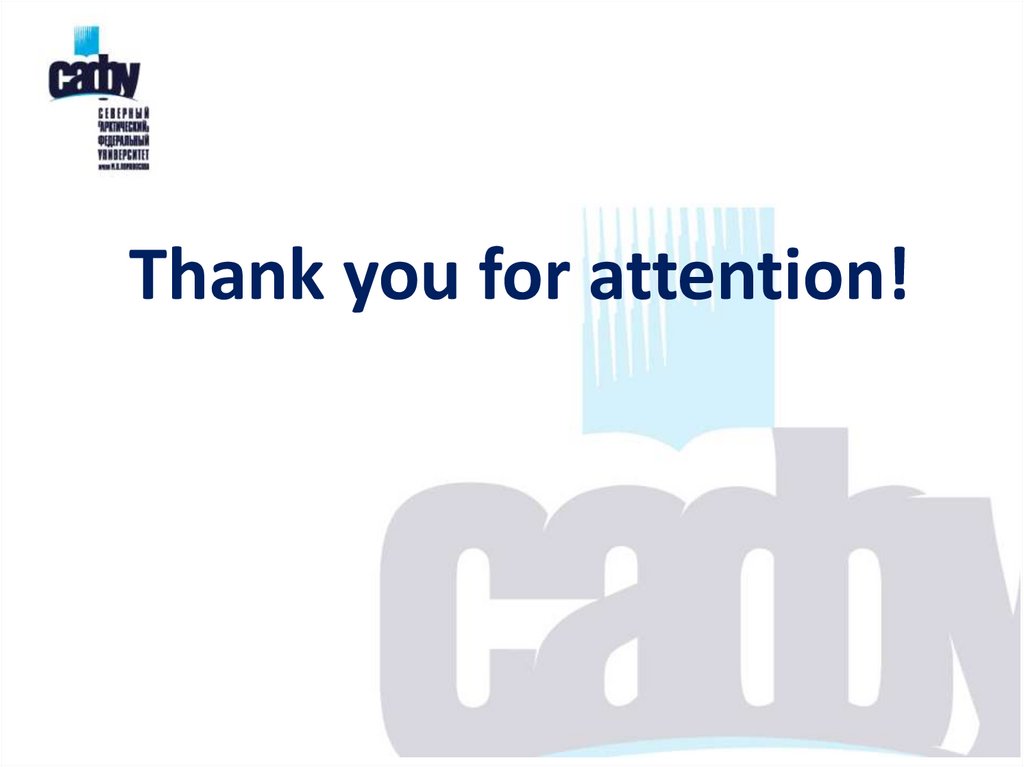Похожие презентации:
Writing process
1. WRITING PROCESS
2. Plan
1.2.
3.
4.
5.
6.
What is a writing process?
Stages of writing
Text structure
Six steps of the writing process
The format of academic writing
Plagiarism. What is plagiarism, and how to
avoid it.
3. What is a writing process?
Writing is a complex combination ofskills which is best taught by
breaking down the process into
steps.
The writing process involves a
series of steps to follow in producing
a finished piece of writing.
Educators have found that by
focusing on the process of writing,
almost everyone learns to write
successfully.
By breaking down writing step-bystep, writer’s block is reduced.
4. Stages of writing
*scaffolding - инструктирование5.
6. Structure of longer texts
Longer essaysDissertations / master theses)
1. Introduction
2. Main body
Literature review
Case study
Discussion
3. References
4. Conclusion
5. Appendices
1.Abstract
2.List of contents
3.List of tables
4.Introduction
5.Main body
Literature review
Case study
Findings
Discussion
6.Conclusion
7.Acknowledgements
8.References
9.Appendices
thesis (Sg.)- диссертация
theses (Pl.)– диссертации
7. *Some terminology
AbstractAll journal articles have an abstract, which is a paragraph summarising the purpose and
conclusions of the article. Reading this should give you a good idea of the relevance of
the text for you.
Contents
A list of the main chapters or sections. This should tell you how much space is devoted to
the topic you are researching.
Introduction
This is where the author often explains his/her reasons for writing, and also how the text
is organized.
References
This list shows all the sources used by the author and referred to in the text. It may give
you some suggestions for further reading.
Bibliography
These are the sources the author has used but not specifically referred to.
8.
When we write, we domore than just put
words together to
make sentences.
Good writers go
through several steps
to produce a piece of
writing.
9.
10. Step 1: Pre-Writing
1. Choose a topic. Before youwrite, your teacher gives you a
specific assignment or some ideas
of what to write about. If not,
choose your topic yourself.
2. Gather ideas. When you have a
topic, think about what you will
write about that topic. Make notes.
3. Organize. Decide which of the
ideas you want to use and where
you want to use them. Choose
which idea to talk about first, which
to talk about next, and which to talk
about last.
to outline – обрисовать, наметить, обозначить
11. Step 2 - Drafting
Write!Write your
paragraph or
essay from start
to finish.
Use your notes
about your
ideas and
organization.
draft – черновик, наброски, проект
12. Step3 – Revising
1. Revise structure and content.2. Check what you have written.
3. Read your writing silently to yourself or
aloud, perhaps to a friend.
4. Look for places where you can add more
information, and check to see if you have any
unnecessary information.
5. Ask a group mate to exchange texts with
you. Your group mate reads your text, and you
read his or hers. Getting a reader's opinion is a
good way to know if your writing is clear and
effective.
13. Step 4- Editing
1. Use your ideas from step 3 to rewriteyour text, making improvements to the
structure and content. You might need to
explain something more clearly, or add
more details. You may even need to
change your organization so that your
text is more logical.
2. Proofread. Read your text again. This time,
check your spelling and grammar and think
about the words you have chosen to use.
Make final corrections. Check that you have
corrected the errors you discovered in step
3 and make any other changes you want to
make.
14. Step 5 - Publishing
Now your text is finished!15.
Task 1. Find the words in the lists above that match the followingdefinitions. The vocabulary on slide 6 will help you.
(a) A short summary of 100–200 words which explains the paper’s purpose and main
findings. __________________________________________________________
(b) A list of all the sources the writer has mentioned in the text.
__________________________________________________________
(c) A section, at the end, where less important information is included.
__________________________________________________________
(d) A short section where people who have helped the writer are thanked.
__________________________________________________________
(e) Part of the main body in which the writer discusses relevant research.
__________________________________________________________
(f) A section where one particular example is described in detail.
________________________________________________________
* Course book (p.5-6)
16. The format of academic writing
There is considerable variation in the formatof academic writing required by different
schools and departments. Your teachers
may give you guide - lines, or you should
ask them what they want. But some
general features apply to most formats.
17. Task 2. Look at the example below and identify the features underlined, using the words in the box below.
sentence(a)
(b)
(c)
(d)
heading
title
sub-title
phrase
paragraph
The Effectiveness of Microcredit
An evaluation of programs in India and the Philippines.
Introduction
In the last ten years considerable claims have been made about the value of microcredit (also
known as microfinance); the provision of unsecured small loans to the poor in
(e) developing countries. But it has proved surprisingly difficult to accurately measure the
effectiveness of these loans, without interference from other non-commercial factors.
(f) Two recent studies have attempted to compare the effects on randomly-chosen groups of people
with access to microcredit, compared to those without. The first (Bannerjee et al., 2009), based at
Massachusetts Institute of Technology (MIT), looked at slumdwellers in the city of Hyderabad in
India.
(a) __________________________________________________________
(b) __________________________________________________________
(c) __________________________________________________________
(d) __________________________________________________________
(e) __________________________________________________________
(f) __________________________________________________________
*Course book (p. 6-7)
18. What is plagiarism?
19.
20. Main rules for avoiding plagiarism
If you borrow or refer to the work of another person, you must show that you have donethis by providing the correct acknowledgement. This is done by the following methods:
1. Summary and citation:
Rodgers (2007) argues that family-owned businesses survive recessions better.
2. Quotation and citation:
As Rodgers maintains: ‘There is strong evidence for the resilience of family businesses in
recessionary times.’ (Rodgers, 2007: 23)
! These citations are linked to a list of references at the end of the main text/
21.
22. Task 3. Consider the academic situations in the following table and decide if they are plagiarism.
Situation1
Copying a paragraph, but changing a few words and giving a citation.
2
Cutting and pasting a short article from a website, with no citation.
3
Taking two paragraphs from a classmate’s essay, without citation.
4
Taking a graph from a textbook, giving the source.
5
Taking a quotation from a source, giving a citation but not using quotation marks.
6
Using an idea that you think of as general knowledge, e.g. the Great Depression was
caused by restrictions on free trade, without citation.
7
Using a paragraph from an essay you wrote and had marked the previous semester,
without citation.
8
Using the results of your own research, e.g. from a survey, without citation.
9
Discussing an essay topic with a group of classmates and using some of their ideas in
your own work.
10
Giving a citation for some information but mis-spelling the author’s name.
* Course book (p.27)
Yes / No
23.
24.
25. Questions:
1.2.
3.
4.
5.
6.
7.
8.
What is a writing process?
What is the aim of every writing process?
What can be a product of writing?
How is the basic structure of an academic text?
What are constituent components of a longer academic texts?
What are 5 steps of a writing process?
What is plagiarism?
How can you avoid plagiarism?
26. Make a list of words/terms you have learnt today
1.2.
3.
4.
5.
6.
7.
8.
9.
10.
improvement –
silently–
to rewrite …
…
…
…
…
..
…
NB: write about 15-20 lexical items
27. Tell your group mates what you have learnt today about writing process
1. Write a short text about writing process (about 10-12 shortsentences). Use the plan, the questions, and the vocabulary you
have learnt today.
2. Present your findings to your group mates.
28. Choose 2-3 terms from the given list, and explain them with your own words
WritingDrafting
Pre-writing
Revising
Editing
Proofreading
Plagiarism
Product of writing
Introduction
References
29. Reflection
1.2.
3.
4.
5.
Was the lesson today interesting for you? Why?
Was the lesson today difficult for you? Why?
Was the lesson today useful for you? Why?
Do you have any questions?
What are your wishes for the next lessons?
